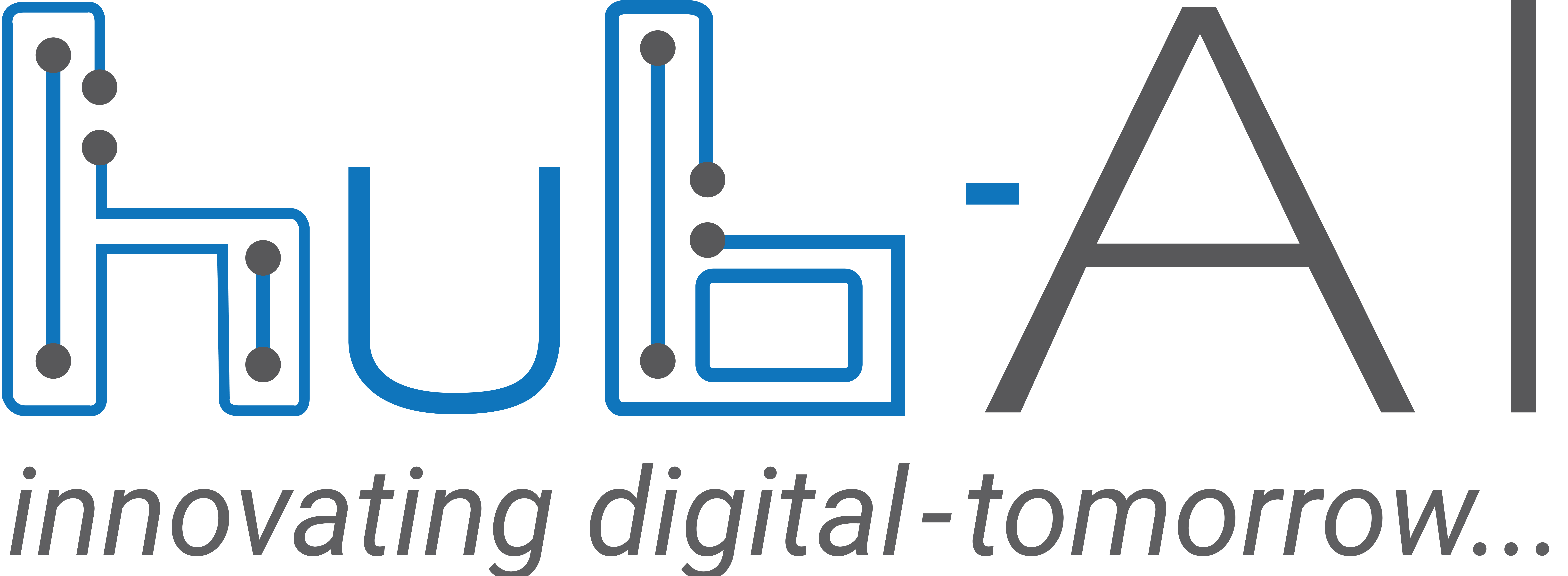Virtual Reality: Hype or the Future?
Virtual Reality (VR) technology has been around for at least a decade and you could say it’s clearly gone from sci-fi to sci-fact. However, it’s still seen as a new technology and has not hit mass adoption; so what has gone wrong?
Virtual and Augmented Reality (AR) has in the past fallen short of the commercial promise that many believed it would have. Predictions that it would deliver $4.4 billion in revenue in 2016 exceeded the actual figure of $1.8 billion, and it only had a 6% adoption rate in the US. In comparison, smartphones only took 10 years for at least 40% adoption in the US. But where are we today? We could say that confidence is bouncing back as many venture capital and technology companies are investing large sums into the industry: $3.6 billion has been raised in the last 12 months.
We’re exploring this technology to identify how we can make research better, faster, cost effective or even more engaging for participants and clients. The aim is to get closer to consumers’ real behaviour and emotion, as well as a new level of insight.
It’s only the beginning of our journey, but we know from initial studies that ground-breaking opportunities are on the horizon. From understanding audience usage and engagement with the BBC, Healthcare (VR surgeries), ethnographic immersions, airport journeys, testing automotive prototypes to leading FMCG brands integrating behaviour science principles to validate sub-conscious consumer behaviours.
Key Takeaways
- We’re only at the beginning of this journey and as the technology develops there should be further cost savings as the software/computer generated imagery (CGI) will become more cost efficient and better.
- It’s providing the foundation for other technology developments such as Artificial Intelligence, the Internet of Things and even 3D modelling.
- Opportunities already exist within the research industry from shopper immersions to testing VR content for broadcasting.
- Multi-sensory testing is going to be an integral part of VR and AR and the researcher’s goal of getting closer to the ultimate consumer understanding.
